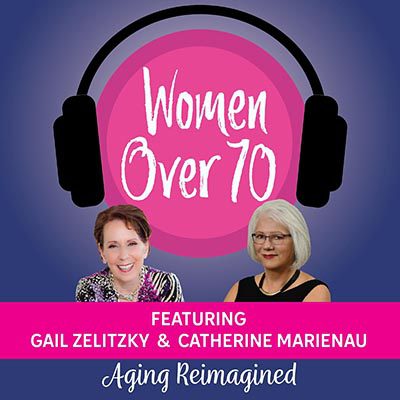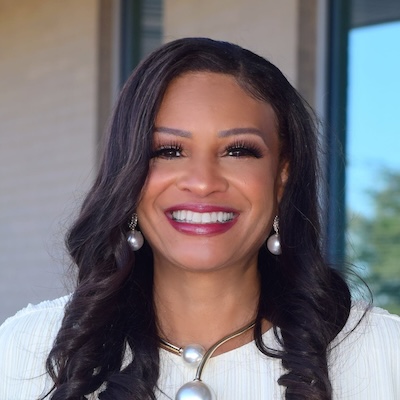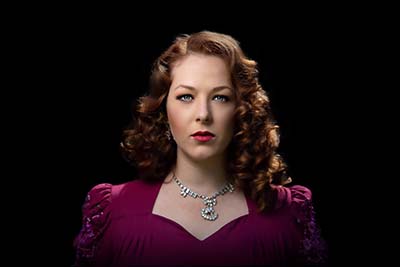Movies make dying look comfortable. What do you do when it’s not?
I often do some of my best thinking during those hours at night when I am awake. Recently, as I tried to go back to Sleep at 3:30 AM, I started thinking about comfort care and morphine use during the end of life process.
Picture this: there is breathing distress while the Hospice nurse is present. She advises a “bit of morphine.” Many times I have done that very thing.
Often, the family’s first reaction is “No, I don’t want to start morphine.” To them morphine is the “last resort.” It is scary and they don’t want to be at the stage where morphine administration implies—-the end is close.
Back to my 3:30 AM thoughts: Comfort to us caregivers means our person is sitting up in bed, talking, smiling, interacting with us. Where in reality, as end of life approaches, comfort means our special person is sleeping, not agitated, their mouth is open, they look awful but are relaxed and comfortable.
This difference in expectations is why families think “Hospice killed my mom. She was fine (interacting but in pain or distress) before they gave her morphine. Then she was sleeping and died.”
The gentle way to die is to relax AND morphine and Ativan do just that. Comfort is relaxing enough to let go.
Our role models from movies and TV show us that dying is gentle, often poetic, certainly not scary or messy. Movies make dying look comfortable.
Real comfort as death is approaching for most of us (not all but most) is a bit of Ativan to relax the restlessness and a bit of morphine to ease the increased breathing challenges —-and pain if it is present.
Another whole blog is needed about how dying is not painful, that disease causes pain. But for this one my thought is there is a difference between a family’s interpretation of comfort and hospice’s.
Something more… about Movies make dying look comfortable. What do you do when it’s not?
The opioid epidemic has us, understandibly, afraid of narcotics. We seem to read about the dangers daily. Giving our special person a drug that we hear so much negativity about is frightening. That is why hospice agencies use my booklet, Pain At End of Life to educate their patients families. Remember, knowledge reduces fear. The way a dying body processes medication is completely different than it would be in a healthy body. Support your families with this Education so that the dying experience can be less fearful and more connected.
Originally Published on https://bkbooks.com/blogs/something-to-think-about
























